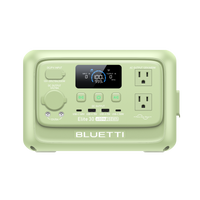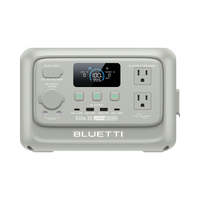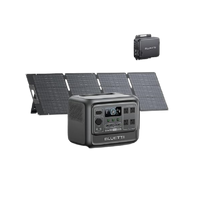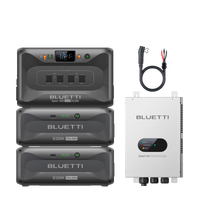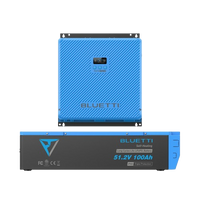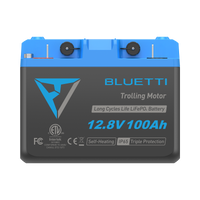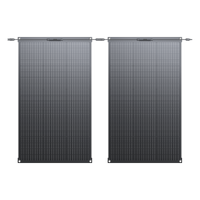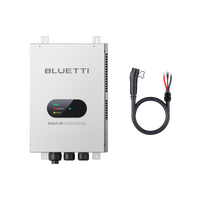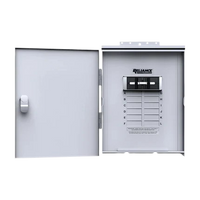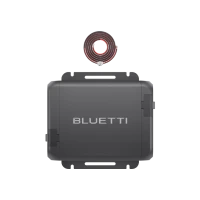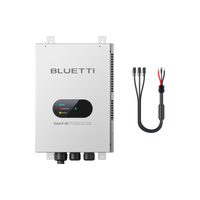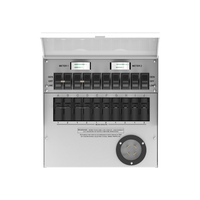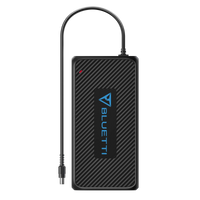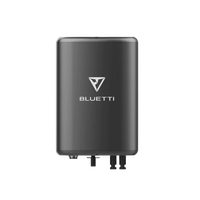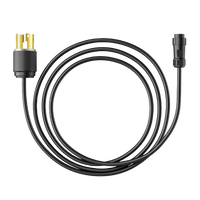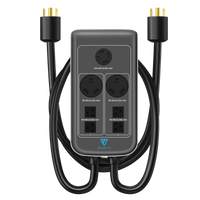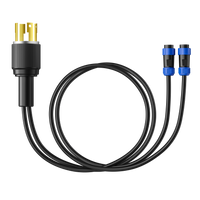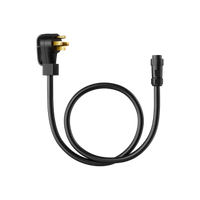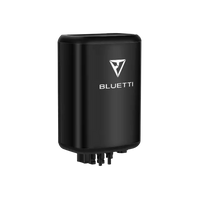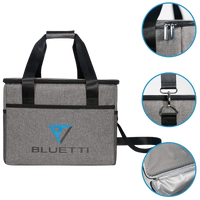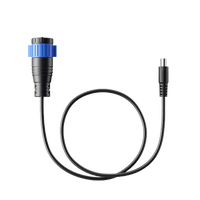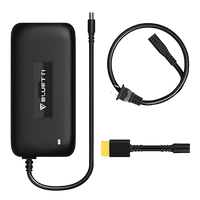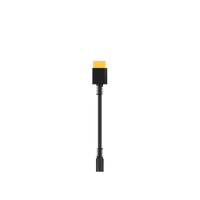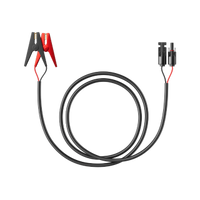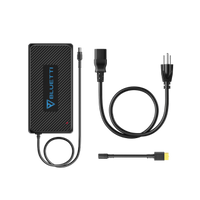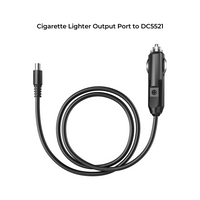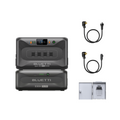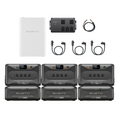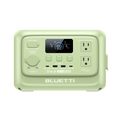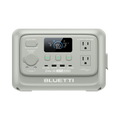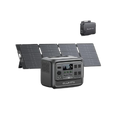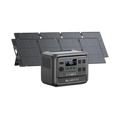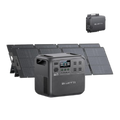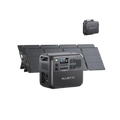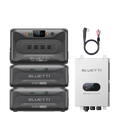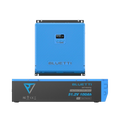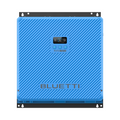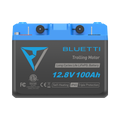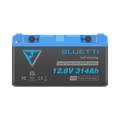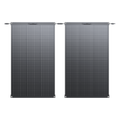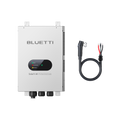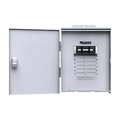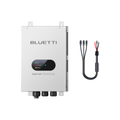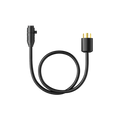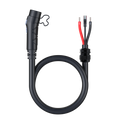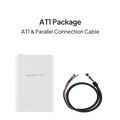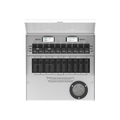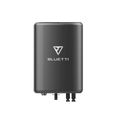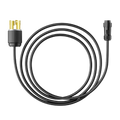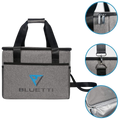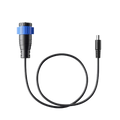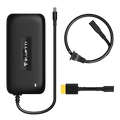The lives of people are significantly affected by different types of natural catastrophes, including hurricanes, earthquakes, and wildfires. These powerful natural forces frequently damage electrical lines, shut down power plants, and generally disrupt daily life.
Restoring electricity as soon as feasible is the first stage in disaster recovery. Solar power is frequently one of the few technologies that may be used to do this.
As a result, solar energy may be quite important in many situations, including disaster aid. As a result, it is crucial that sufficient solar energy resources be accessible under such dire circumstances.
Solar Power During Disaster Can Help With:
Communication Line Activation
Restoring connectivity to these zones is crucial for starting relief activities. Internet connections, phone lines, short-range radio, and cellular signal towers are crucial. The results might be disastrous if things do not soon go back to normal. Sadly, there are still instances where emergency services are delayed because there is zero communication to the area of the catastrophe.
Responders can quickly determine the locations where assistance is most required by re-establishing these communication channels. Additionally, they are essential in organising rescue and relief activities.
Assisting Shelters
Shelters are vital buildings that offer emergency victims temporary lodging. First and foremost, they offer weather protection in areas where dwellings are damaged or unusable. Emergency shelters can also offer at least some electricity to power essential daily functions. Due to this, shelters can access lighting and warmth, which adds to their comfort and security. Additionally, the shelter's emergency facilities for the ill and injured may be powered by solar energy.
Improving the Victims’ Quality of Life
Many a times, disaster zones have a lack or even a total absence of utilities. This is especially true for rural and challenging-to-access places. It can take a number of months for these communities to fully recover and get back to their feet.
Therefore, solar energy has the potential to significantly lessen the plight of displaced families. Portable solar panels can, for example, restore enough electricity so that people may live their daily lives comfortably. A larger solar power solution may even offer sufficient energy to power an entire neighborhood. Thus, portable solar panels can help make the transition more endurable for individuals and families affected by disasters.
Promoting Sustainability
In the past, fossil fuel-powered generators provided the majority of emergency electricity. These generators were often rather inefficient and required gas to operate. Solar PV systems offer a more efficient and sustainable alternative to these.
Operating solar arrays is also handy because there is no need to look for fuel to power the system continually. This is especially helpful in regions where access to gasoline and transportation may be highly limited.
Solar Power for Disaster – Real-Life Applications of Portable Solar Panels in Disaster Relief 
Kathmandu, the capital city of Nepal, was severely affected by a catastrophic flood that ravaged the country during 2015. In the aftermath, the non-profit organisation called SunFarmer donated water purifiers, solar panels, and solar-powered systems for the rehabilitation of the remote villages and hilly areas in the country.
SunFarmer supplies solar batteries and powers to underdeveloped countries, and its solar technology served as a catalyst in Kathmandu’s disaster-recovery plan. The company also used its tech to repair the city’s street lights.
During a natural disaster, some of the critical power requirements include the necessity for medical equipment to function, food storage facilities to prevent food spoiling, and lights for rescue personnel. Food and water may be carried in, but electricity needs to be rebuilt, which could take days, weeks, or even months in Puerto Rico.
It was late 2017 when the Hurricane Maria decided to devastate Puerto Rico, and the pace of attempts to get the island back to normal was painfully slow. Nearly a year later, up to 62,000 people (or 5% of the total population) were still without electricity. This is not only a nuisance for those who must live in the dark but also perhaps dangerous.
At this point, Tesla started providing its solar products to aid the devastated region. Elon Musk, the founder of Tesla, provided hundreds of Powerwall battery systems to bigger areas of the islands as part of the disaster relief and restoration operations, which started with powering a children's hospital in San Juan that serviced about 3,000 children. Until the main electricity infrastructure is rebuilt and fully functional, these batteries can be used in conjunction with the solar arrays that are currently present on the islands to power microgrids.
Although the process of repairing Puerto Rico's infrastructure was especially difficult, most natural disasters cause power outages that last for a while. While quick grid recovery is the ideal solution, solar power can serve as another fast temporary solution. Solar power systems can be sent to a disaster region, put up there, and start generating a lot of electricity in a matter of hours, much like water bottles and MREs can. With the extra benefit of offering a safe and ecologically responsible substitute for battery-powered lights and gas generators, it can also save lives.
Numerous solar power systems in western nations have survived the strongest cyclones and hurricanes, including Tesla and Maria, according to surveys and research conducted there. In order to create temporary microgrids in the disaster-affected areas until the primary energy networks could be rebuilt and restored, the authorities used portable solar systems and appliances with easy installation.
The first time that solar power was used for disaster relief was back in 1988, when Hurricane Hugo affected the Southeastern United States, Puerto Rico, Guadeloupe, and Saint Croix.
Solar Panels vs. Common Natural Disasters
A major concern for homeowners is whether or not their house is adequately prepared for emergencies like natural disasters. Your home's complete protection should be a key priority. And if you're considering purchasing a portable solar panel to power your house, you might be wondering if solar panels can withstand severe weather.
Solar Panels and Thunderstorms
Thunderstorms may produce hail, tornadoes, and lightning, which are all dangerous, but how do they affect portable solar panels?
The first thing to note is that metal racking on solar panels DOES NOT increase the risk of lightning striking your home or cause solar panels to attract lightning. Homeowners are at risk from lightning, but installing solar panels on your house will not make the risk go away. Other factors if and how vulnerable your house is to lightning.
The average solar panel can endure wind gusts of up to 140 mph since they are made to resist heavy winds. In hurricane-prone locations like Nova Scotia and Quebec, where the average tornado speed is 30 to 120 mph, the portable solar panels are designed to be even more robust. Your solar panels shouldn't be blown off the racking by a tornado if they were put properly.
Manufacturers of solar panels test their products to determine whether they can endure natural disasters like hail storms. A significant hailstorm struck the National Renewable Energy Laboratory in 2017. Only one panel, out of almost 30,000 on the laboratory building, was reported to have been shattered by a concentrated hailstone hit. Solar panels are designed to endure a lot of impact –even the kind of impact created by huge hailstones.
Solar Panels and Earthquakes/Hurricanes
The solar panels in hurricane-prone regions are even stronger. For instance, vulnerable states like Nova Scotia and Newfoundland, have strict wind codes that ensure that solar panels are designed to withstand categories 4 and 5 hurricanes. This means that, once again, as long as the panels are properly installed, they can endure both hurricanes and earthquakes.
Solar Panels v/s Conventional Generators for Natural Disasters
Many individuals use gas generators for emergency power during disaster and outages. Gas generators may be a great option for short-term power demands, but they require fuel, are highly noisy, and can release hazardous gases. Solar panels with solar battery storage might be the best option if you're seeking a more environmentally-friendly approach to power your house in times of need.
As they offer long-term freedom without depending upon noisy, fossil-fuel generators, solar panels are a great investment. Here are the top four benefits of solar power over gas-powered generators:
Minimal Maintenance
Generators run on fuel and will require frequent replenishment during crises. This necessitates many journeys to gas stations under dangerous conditions to buy more gasoline during extended blackouts, in addition to actively replenishing gas tanks and carrying out routine maintenance inspections. (And during prolonged crises when refill distribution is challenging, gasoline might run out.)
Portable solar panels and their batteries have no moving components and require little to no maintenance during their useful lives.
Cost-Effectiveness
The expense of using a generator tends to pile up quickly when making sure you have sufficient fuel to get you through a natural catastrophe. Although battery-backed solar systems might be expensive up front, they have minimal ongoing costs.
As such, buying a portable solar panel can considerably lower your long-term expenses pertaining to disaster preparedness.
Clean and Noiseless Power
The majority of city dwellers are accustomed to hearing the buzz of gas-powered generators in nearby houses and businesses as soon as the lights go out. Solar systems reduce the majority of the grating sounds connected with conventional generator power, producing energy in a very quiet manner.
While gas generators produce stinky, potentially hazardous gases throughout the power-generating process, solar energy is fully emission-free. This not only helps reduce global warming (which, in turn, increases the frequency and risk of natural disasters) but also protects the health of the local populations. Anything that can be done to reduce the use of fossil fuels will ultimately benefit the entire humanity.
Energy Independence
Above all, energy independence is improved by solar and storage systems in ways that is just not possible with conventional generators. Portable solar panels have all they need to produce and distribute power once installed; there are no further expenses, upkeep, or considerations required.
Even better, the majority of contemporary solar energy systems come with monitoring and functionality provided by apps, allowing system owners to fully regulate their energy generation, distribution, and storage through smart devices. Gas generators are, undoubtedly, strong and capable appliances, but in the 2020s, personal electrical microgrids are simply a superior option for natural disasters due to sophisticated controls and infinite access to solar power.
Portable Solar Panels for Emergency Power During Disasters
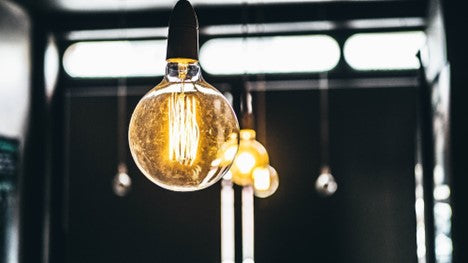
Whether it is a single household or an entire country, power availability is of the essence during and after a natural disaster.
If you are looking for portable solar panels for disaster relief, we invite you to check out our wide range of options. We offer many different kinds of solar panels and can help you pick one based on your area, requirements, and budget.
To learn more about solar power for disaster or explore your options, please reach out to us.














